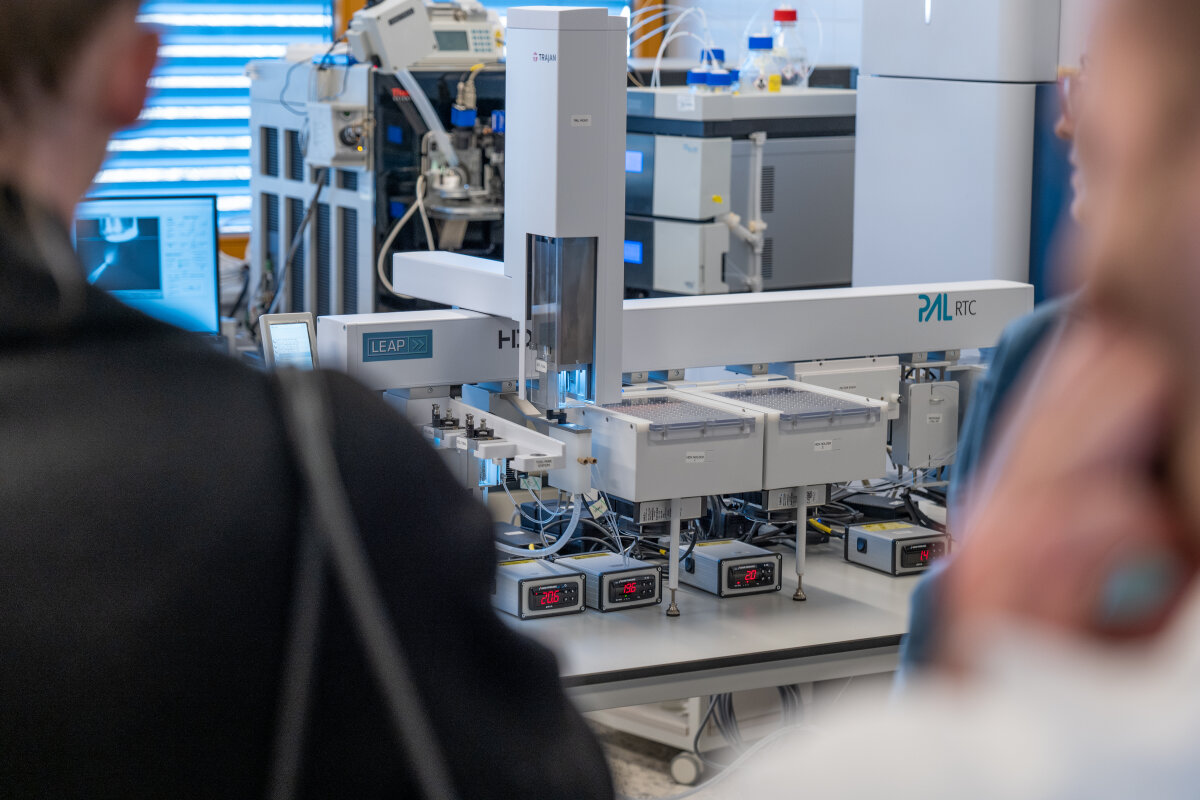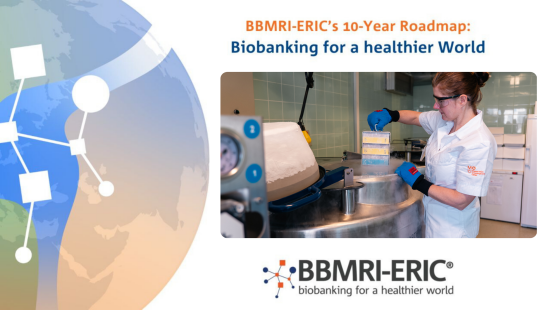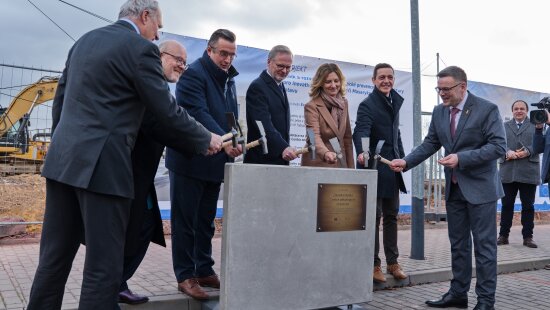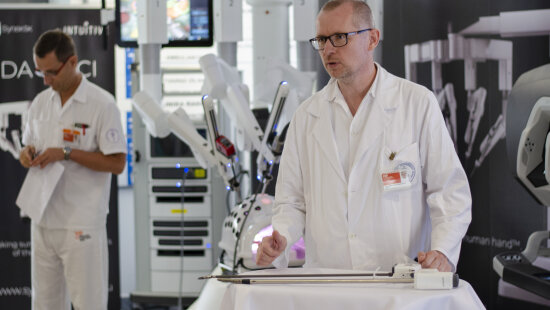News

New device will improve the diagnosis and research of oncological diseases at the Masaryk Memorial Cancer Institute
The number of patients with oncological diseases increases every year. Timely and correct determination of the type of disease is essential for choosing the appropriate therapy leading, in the ideal case, to the cure of the patient. Doctors have at their disposal various types of diagnostic methods which, in cooperation with research institutes, manage to be more precise, developed and thus ensure a higher quality of life for treated patients. One of the scientific approaches is to find new sets of specific proteins (biomarkers) in the blood that differ in concentration or structure from healthy individuals. Based on the comparison of these groups, doctors will be able to adjust or replace the treatment and ensure a reduction in side effects.
The MMCI has its own research facility known as RECAMO (Research Center for Applied Molecular Oncology), focusing on the field of tumor biology. There are 7 research groups working in it, which bring together scientists dedicated to the narrow field of oncology research. A multidisciplinary team of Czech and foreign researchers and medical specialists ensures both clinical and scientific research. Both are closely linked and work together. "The variability of research teams makes it possible to cover the issues of cancer research in a wider range, and at the same time it allows clinical workers wider opportunities for cooperation according to their specific clinical focus," explains the deputy for science, research and education Doc. MD Tomáš Kazda, Ph.D.
An example of the connection between clinical and scientific research is the study of patients with breast cancer in whom adverse effects were recorded after chemotherapy treatment in the form of so-called neurotoxicity. This is manifested by tingling or numbness of the toes and hands or deterioration of fine motor skills (tying shoe laces or buttoning a button can be a problem). The incidence of neurotoxicity in patients treated with a certain type of chemotherapy (so-called taxanes) can be 70-90%. “This wide range likely reflects not only differences in study populations, drug-related factors (eg, dose intensity), but also genetic susceptibility. Patients with neurotoxicity report reduced quality of life and impaired physical abilities. Even the diagnosis of neurotoxicity is not simple, it is often based only on the patient's clinical symptoms, which may not be relevant, and the patient's difficulties can be mistaken for another type of disease," adds the deputy for preventive medical care Doc. MD Igor Kiss, Ph.D., MBA. There are no biomarkers (indicators) that could predict possible neurotoxicity even before the start of chemotherapy, diagnose it during or after it and possibly be a therapeutic target.
Professional description of the device
The timsTOF SCP mass spectrometer (Bruker s.r.o.) is connected to a liquid chromatograph (nanoElute 2) for the purposes of clinical proteomic studies or to the LEAP HDX Base robotic station (TrajanScientific and Medical) for the determination of protein interactions using the hydrogen-deuterium exchange method.
The total price for the device was 35 million crowns. The purchase of the device was financed by the projects: National Institute for Cancer Research (Program EXCELES, ID: LX22NPO5102) - Funded by the European Union - NextGeneration EU and Institutional support of the MOÚ, MZ CR - RVO (MOÚ, 00209805).

Free Cancer Helpline
Monday – Friday from 7.30 AM to 3.00 PM
(+420)800 222 322
















